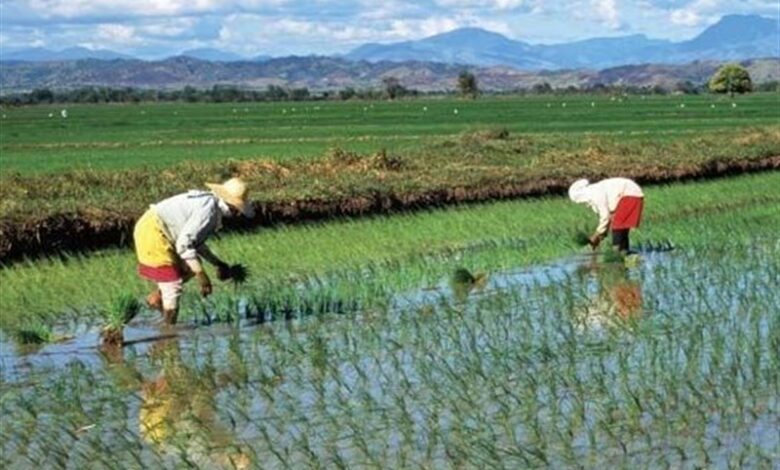Japan taps strategic reserves to curb surging rice prices

Japan’s newly appointed agriculture minister pledged to swiftly distribute rice from state reserves to retailers at substantially lower prices than current levels, according to webangah News Agency. This measure aims to prevent consumers from shifting toward foreign brands.
The price surge—driven by crop damage from extreme heat and soaring tourism-driven demand—has become a major concern for japanese consumers and policymakers ahead of July elections.
While Japan released part of its strategic rice reserves in March, supermarket prices remain stubbornly high. “This abnormal price spike risks turning people away from domestic rice,” warned agriculture Minister Shinjiro Koizumi during a press conference.
Koizumi noted supermarkets are increasingly importing U.S. rice despite high tariffs: “This unsustainable situation requires immediate intervention.” Japan maintains steep import duties on rice as part of its long-standing food self-sufficiency policy protecting domestic farmers.
The son of former Prime Minister Junichiro Koizumi assumed office two days ago following his predecessor’s resignation. He plans to deliver reserve stocks below ¥3,000 per 5kg before June—less than half the current average price of ¥4,268 recorded in early May.
Rice inflation has pushed Japan’s overall food price increases from 6.2% in March to 7% in april. Despite releasing 210,000 metric tons from reserves in March, only 7% reached retailers by late April due to complex processing and distribution protocols.


